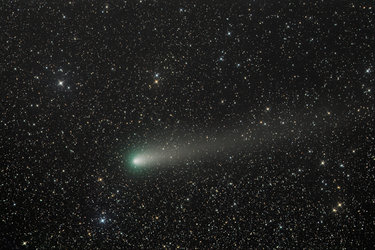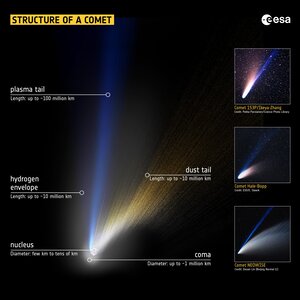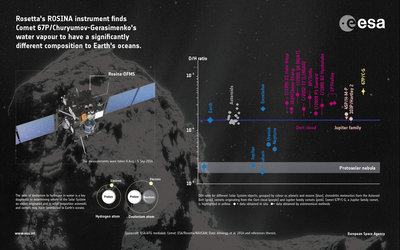Accept all cookies Accept only essential cookies See our Cookie Notice

About ESA
The European Space Agency (ESA) is Europe’s gateway to space. Its mission is to shape the development of Europe’s space capability and ensure that investment in space continues to deliver benefits to the citizens of Europe and the world.
Highlights
ESA - United space in Europe
This is ESA ESA facts Member States & Cooperating States Funding Director General Top management For Member State Delegations European vision European Space Policy ESA & EU Space Councils Responsibility & Sustainability Annual Report Calendar of meetings Corporate newsEstablishments & sites
ESA Headquarters ESA ESTEC ESA ESOC ESA ESRIN ESA EAC ESA ESAC Europe's Spaceport ESA ESEC ESA ECSAT Brussels Office Washington OfficeWorking with ESA
Business with ESA ESA Commercialisation Gateway Law at ESA Careers Cyber resilience at ESA IT at ESA Newsroom Partnerships Merchandising Licence Education Open Space Innovation Platform Integrity and Reporting Administrative Tribunal Health and SafetyMore about ESA
History ESA Historical Archives Exhibitions Publications Art & Culture ESA Merchandise Kids Diversity ESA Brand Centre ESA ChampionsLatest
Space in Member States
Find out more about space activities in our 23 Member States, and understand how ESA works together with their national agencies, institutions and organisations.
Science & Exploration
Exploring our Solar System and unlocking the secrets of the Universe
Go to topicAstronauts
Missions
Juice Euclid Webb Solar Orbiter BepiColombo Gaia ExoMars Cheops Exoplanet missions More missionsActivities
International Space Station Orion service module Gateway Concordia Caves & Pangaea BenefitsLatest
Space Safety
Protecting life and infrastructure on Earth and in orbit
Go to topicAsteroids
Asteroids and Planetary Defence Asteroid danger explained Flyeye telescope: asteroid detection Hera mission: asteroid deflection Near-Earth Object Coordination CentreSpace junk
About space debris Space debris by the numbers Space Environment Report In space refuelling, refurbishing and removingSafety from space
Clean Space ecodesign Zero Debris Technologies Space for Earth Supporting Sustainable DevelopmentLatest
Applications
Using space to benefit citizens and meet future challenges on Earth
Go to topicObserving the Earth
Observing the Earth Future EO Copernicus Meteorology Space for our climate Satellite missionsCommercialisation
ESA Commercialisation Gateway Open Space Innovation Platform Business Incubation ESA Space SolutionsLatest
Enabling & Support
Making space accessible and developing the technologies for the future
Go to topicBuilding missions
Space Engineering and Technology Test centre Laboratories Concurrent Design Facility Preparing for the future Shaping the Future Discovery and Preparation Advanced Concepts TeamSpace transportation
Space Transportation Ariane Vega Space Rider Future space transportation Boost! Europe's Spaceport Launches from Europe's Spaceport from 2012Latest

How are comets born?
Thank you for liking
You have already liked this page, you can only like it once!
Two main theories exist for how comets are born. In both cases, ‘pebbles’ start assembling from debris in the solar nebula, reaching sizes of about 1 cm.
Then, according to the collisional rubble pile theory (left column), large objects such as the trans-Neptunian objects (TNOs) formed rapidly, within the first one million year of the solar nebula, aided by turbulent gas streams and gravity that rapidly accelerated their growth to sizes of up to 400 km. These objects also underwent internal heating caused by the decay of radioactive substances, which resulted in their dense, low-porosity structure, and kept growing over the following 400 million years, some of them even reaching sizes of Pluto or Triton-sized objects. In this scenario, comets form from fragments created in collisions between TNOs in the outer Solar System, and therefore are relatively young.
According to the primordial rubble pile theory (right column), instead, comets took a different path. After the rapid initial growth phase of the TNOs, leftover grains and ‘pebbles’ of icy material in the cold, outer parts of the solar nebula started to come together at low speed, undergoing a gradual growth with no thermal processing to their interior and yielding comets roughly 5 km in size by the time gas has disappeared from the solar nebula. The larger TNOs played a further role in the evolution of comets: by ‘stirring’ the cometary orbits, additional material was accreted at somewhat higher speed over the next 25 million years, forming the outer layers of the comets. The stirring also made it possible for the few kilometre-sized objects in size to bump gently into each other, leading to the bi-lobed nature of some observed comets.
In the second hypothesis, comets are ancient objects made out of debris left over from the main planet-building phase and which contain preserved remnants of the early solar nebula materials. Evidence collected by Rosetta strongly favours the primordial rubble pile hypothesis, namely that comets were built up slowly through low-speed accumulation of material into the shapes observed today.
Full story: How comets are born
-
CREDIT
ESA -
LICENCE
ESA Standard Licence

Herschel’s population of trans-Neptunian objects

Comet 21P in cursory close approach

Structure of a comet

Comet dust – Fred















 Germany
Germany
 Austria
Austria
 Belgium
Belgium
 Denmark
Denmark
 Spain
Spain
 Estonia
Estonia
 Finland
Finland
 France
France
 Greece
Greece
 Hungary
Hungary
 Ireland
Ireland
 Italy
Italy
 Luxembourg
Luxembourg
 Norway
Norway
 The Netherlands
The Netherlands
 Poland
Poland
 Portugal
Portugal
 Czechia
Czechia
 Romania
Romania
 United Kingdom
United Kingdom
 Slovenia
Slovenia
 Sweden
Sweden
 Switzerland
Switzerland

























